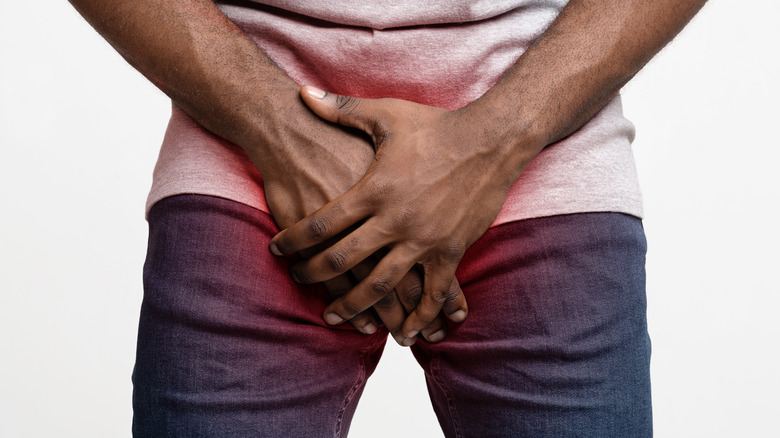Gonorrhea is a sexually transmitted infection (STI) caused by the bacterium Neisseria gonorrhea. It could lead to long-term health problems and infertility, but antibiotics can cure it and reduce the chance of complications.
This common STI tends to target warm, moist areas of the body, including the:
- urethra, or tube that drains urine from the bladder
- eyes
- throat
- vagina
- anus
- Female genital tract, which includes the fallopian tubes, cervix, and uterus
Gonorrhea can affect people of any age or gender, but it is particularly among teens and young adults between the ages of 15 and 24.
Symptoms of Gonorrhea
In many cases, gonorrhea infection causes no symptoms. Symptoms, however, can affect many sites in your body, but commonly appear in the genital tract.
Gonorrhea affecting the genital tract
Signs and symptoms of gonorrhea infection in men include:
- Painful urination
- Pus-like discharge from the tip of the penis
- Pain or swelling in one testicle
Signs and symptoms of gonorrhea infection in women include:
- Increased vaginal discharge
- Painful urination
- Vaginal bleeding between periods, such as after vaginal intercourse
- Abdominal or pelvic pain
Gonorrhea at other sites in the body
Gonorrhea can also affect these parts of the body:
- Rectum. Signs and symptoms include anal itching, pus-like discharge from the rectum, spots of bright red blood on toilet tissue, and having to strain during bowel movements.
- Eyes. Gonorrhea that affects your eyes can cause eye pain, sensitivity to light, and pus-like discharge from one or both eyes.
- Throat. Signs and symptoms of a throat infection might include a sore throat and swollen lymph nodes in the neck.
- Joints. If one or more joints become infected by bacteria (septic arthritis), the affected joints might be warm, red, swollen, and extremely painful, especially during movement.


